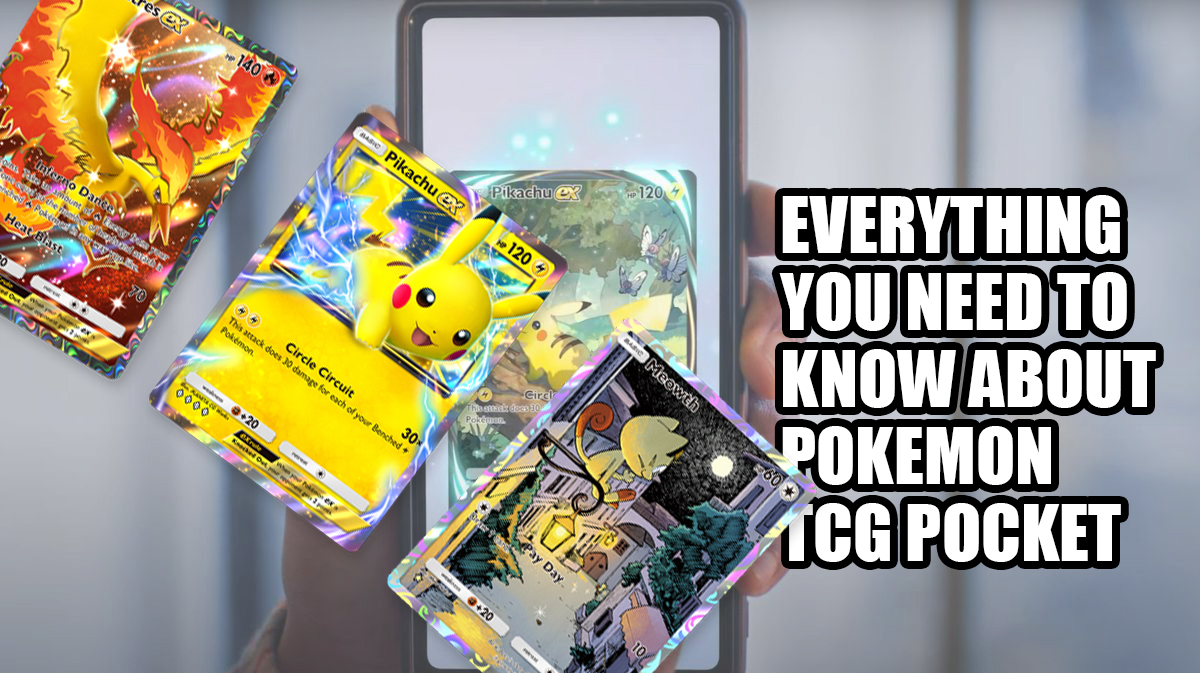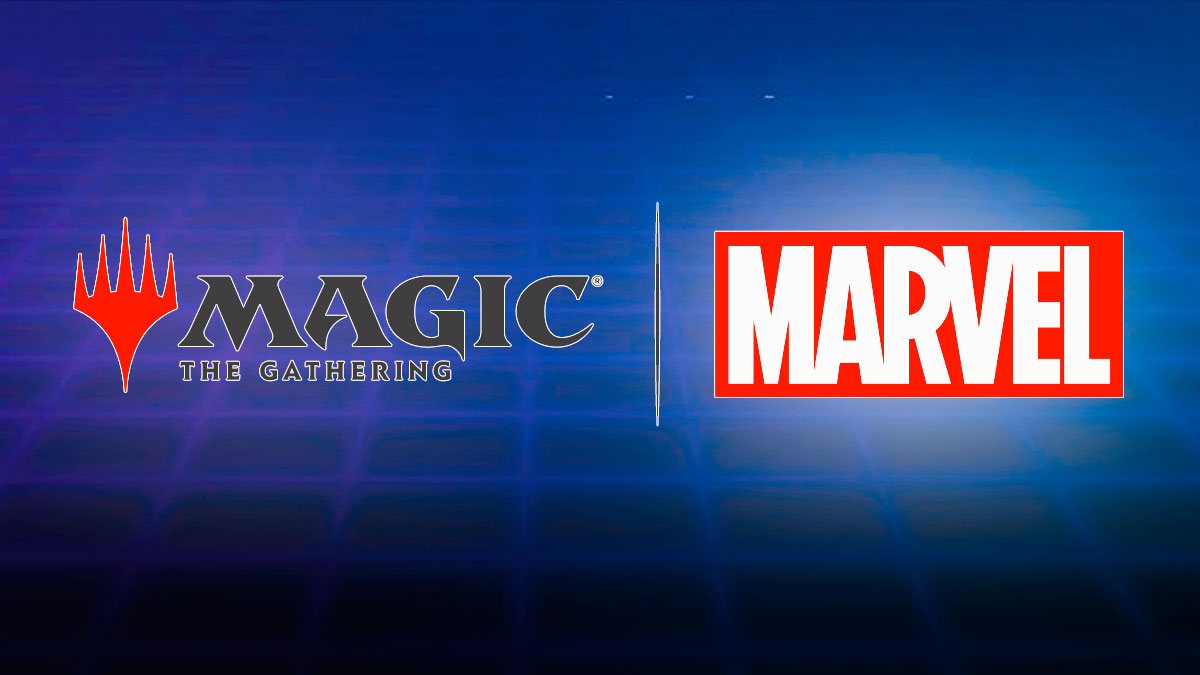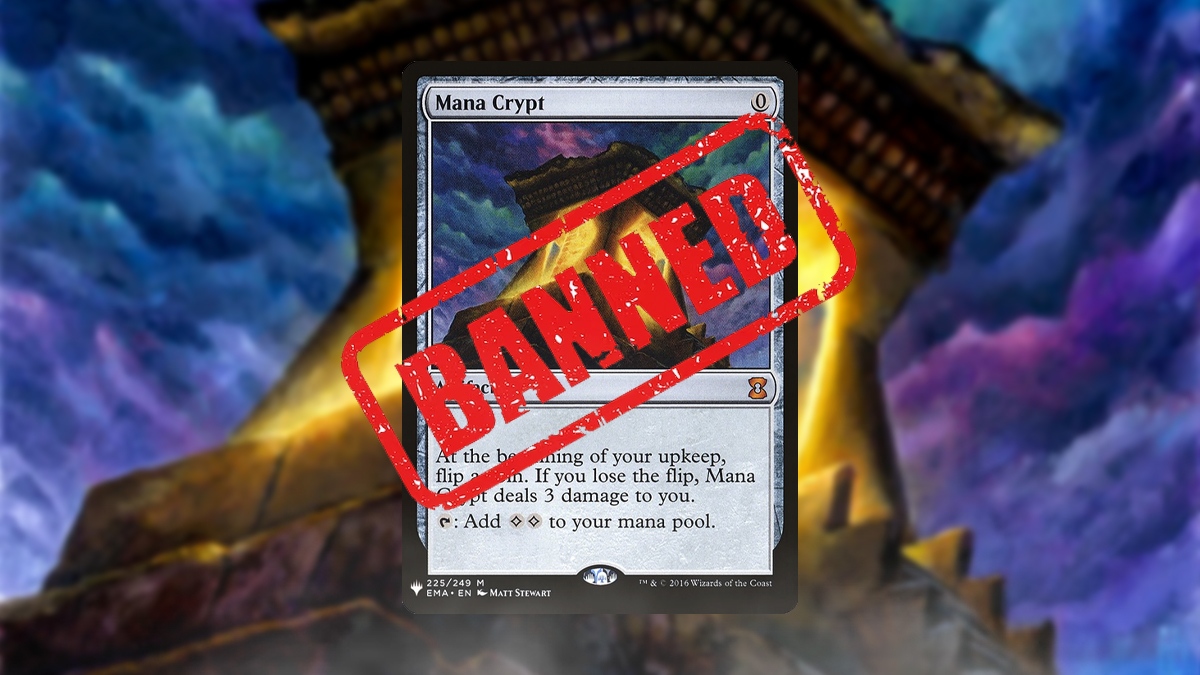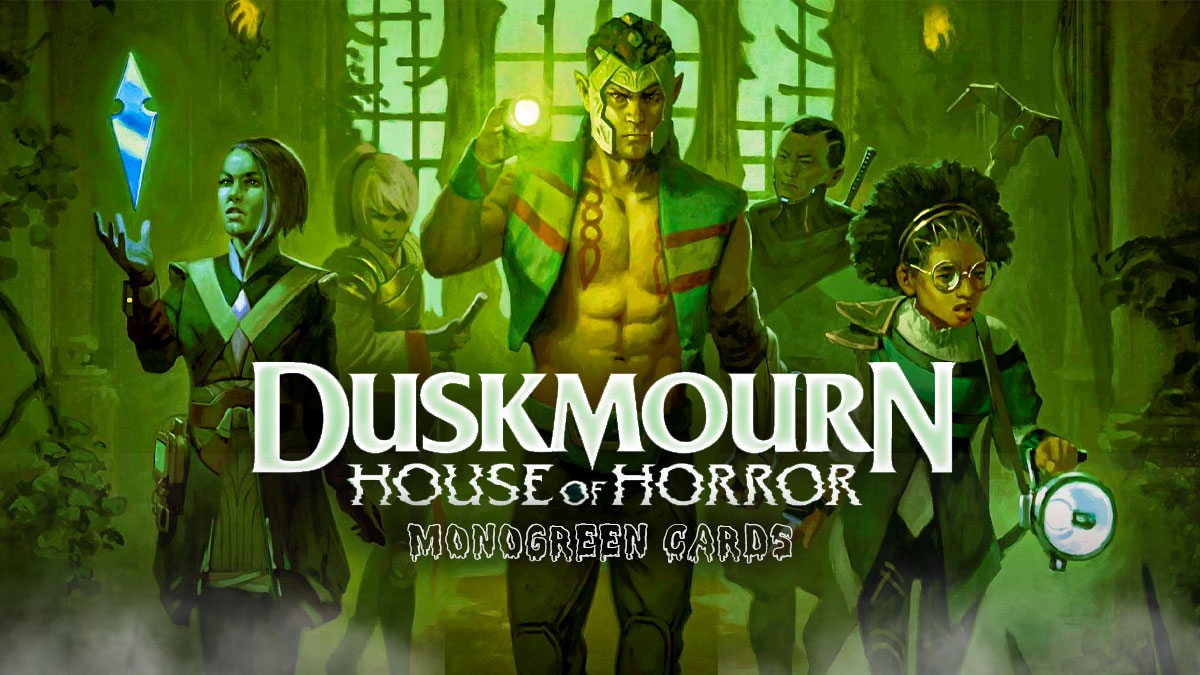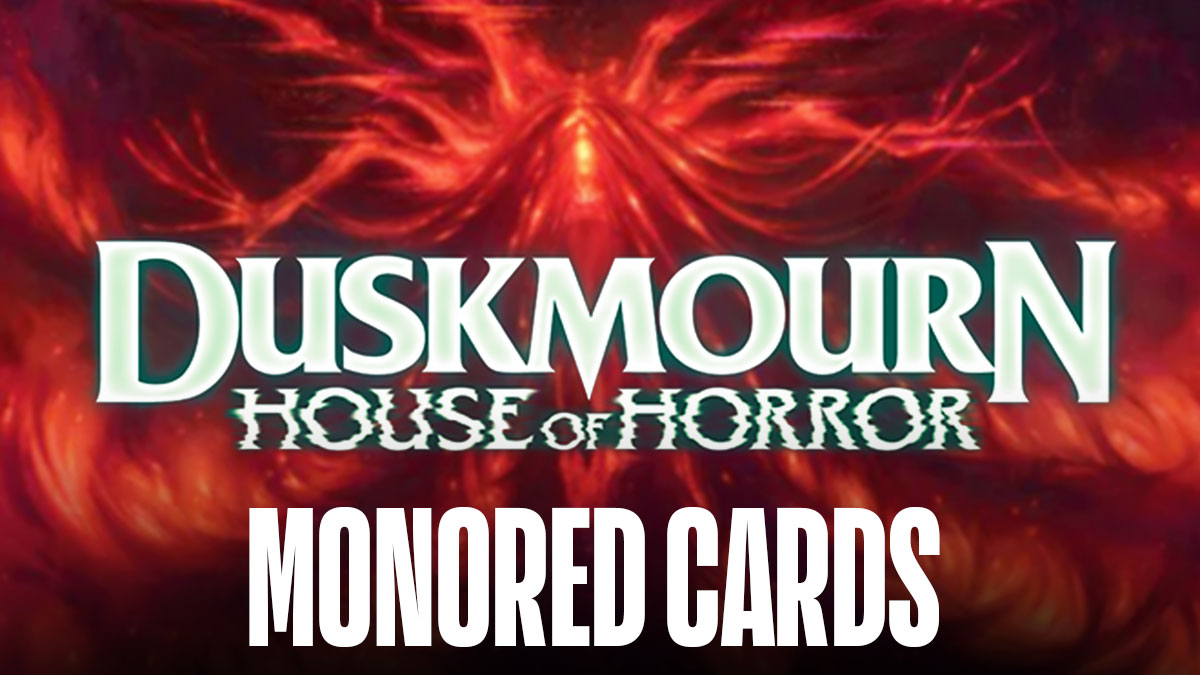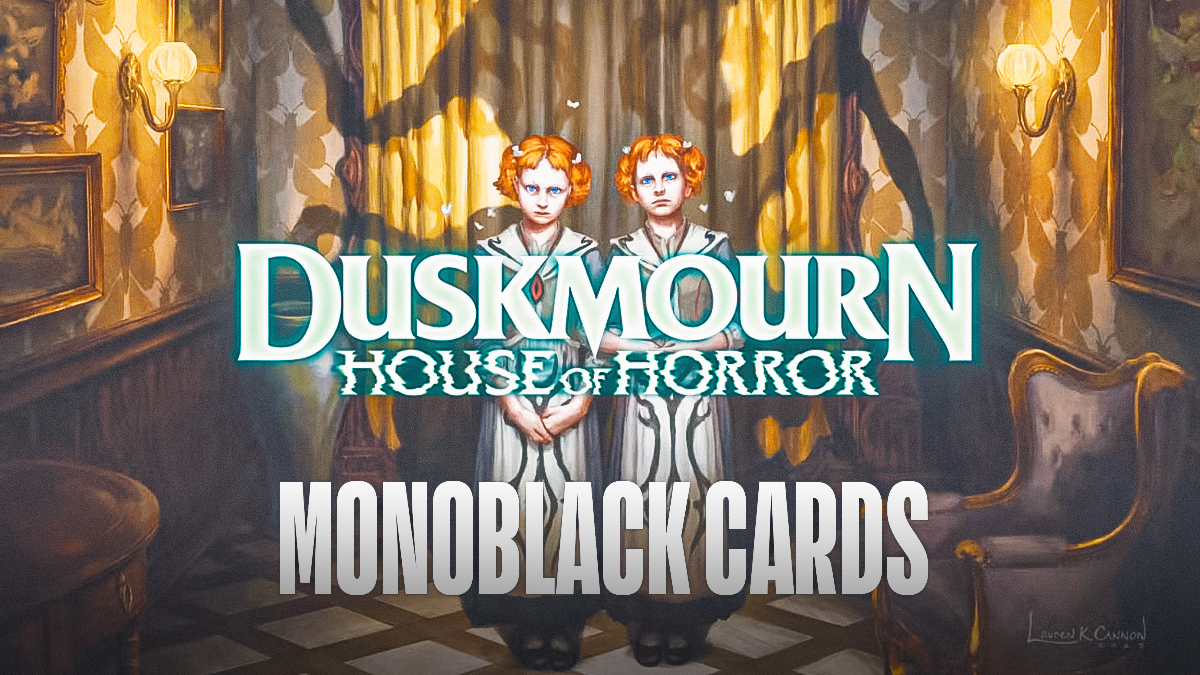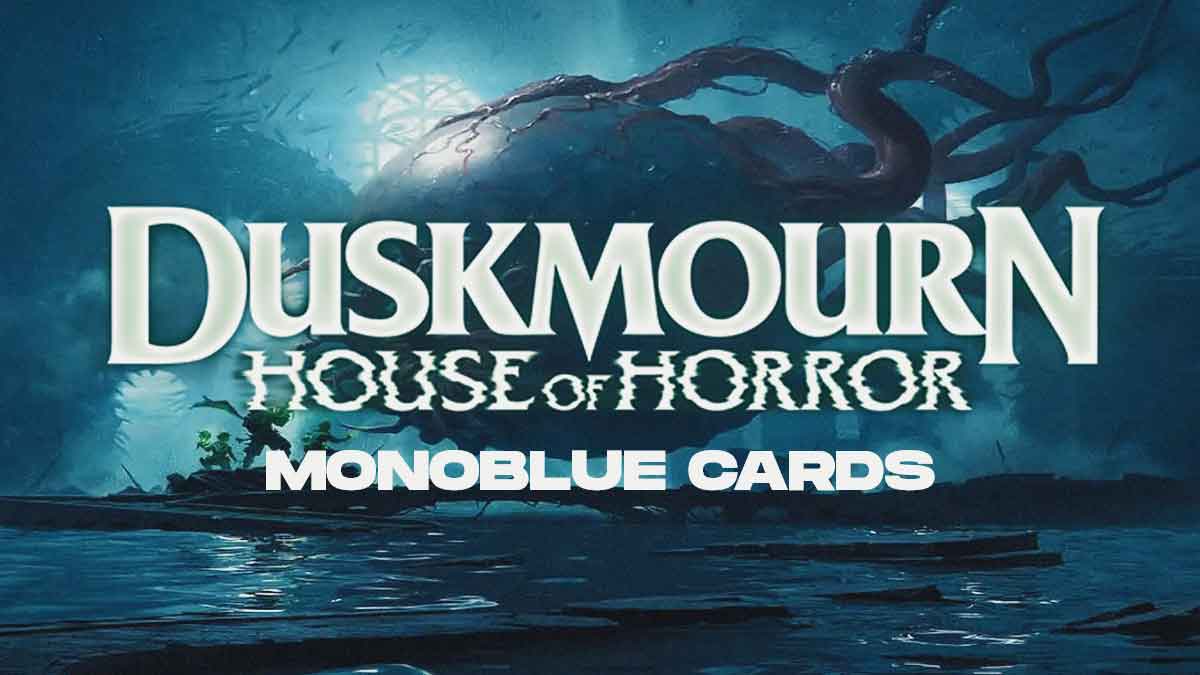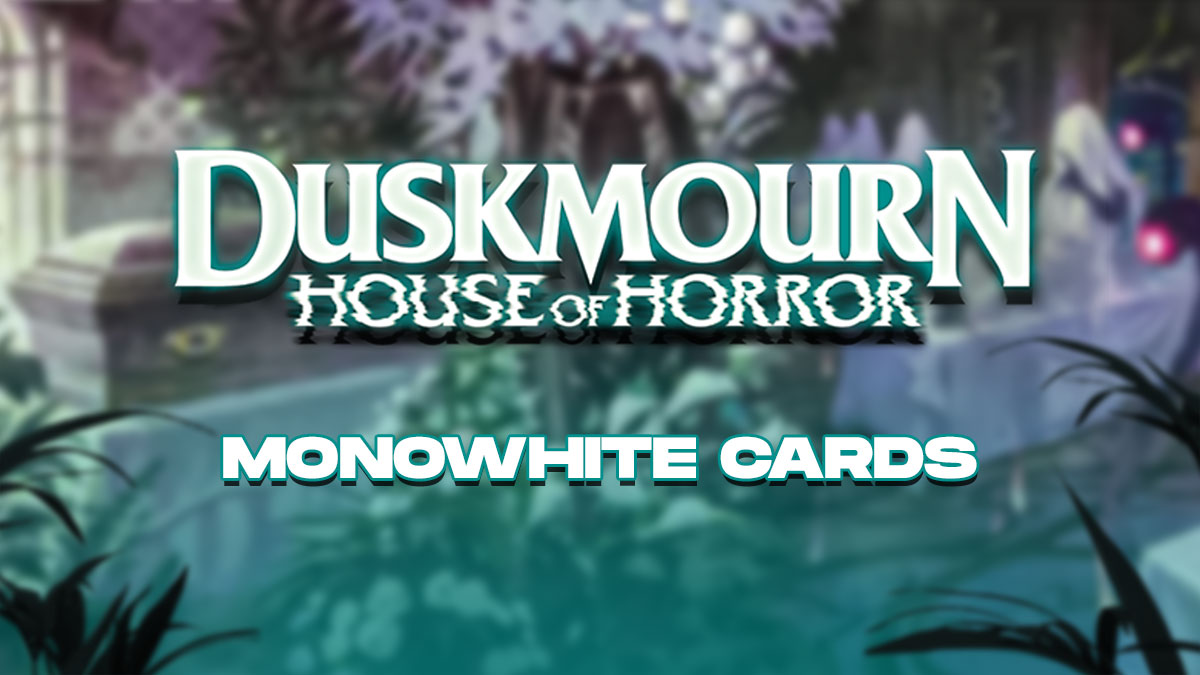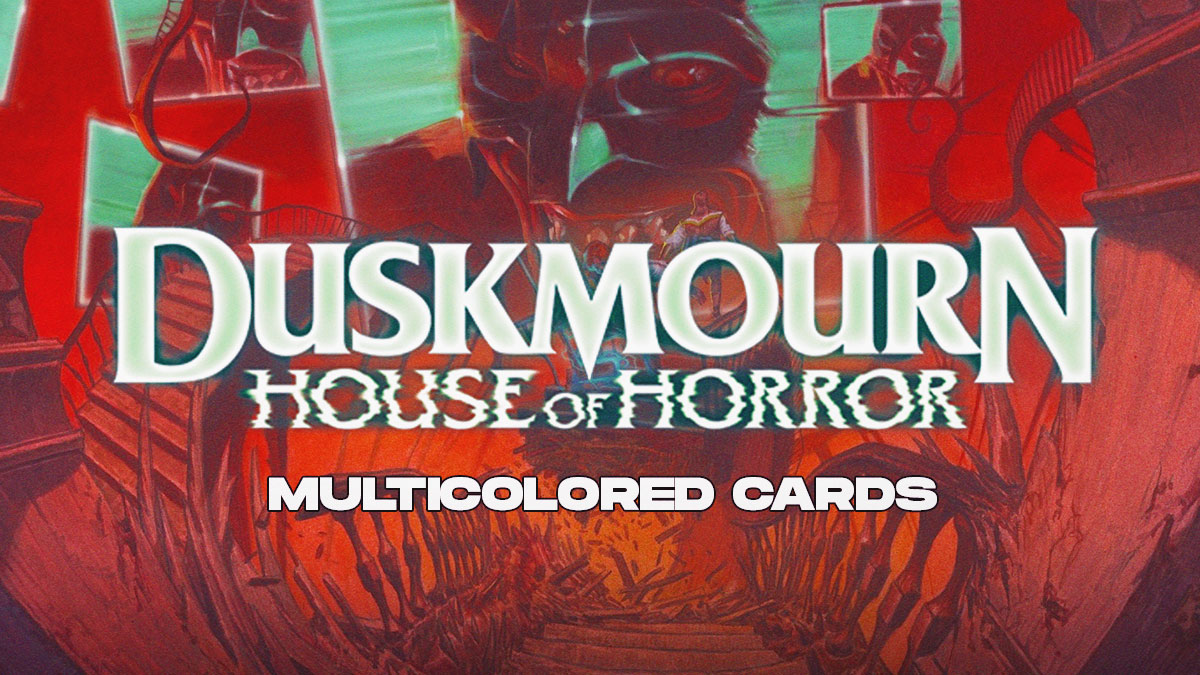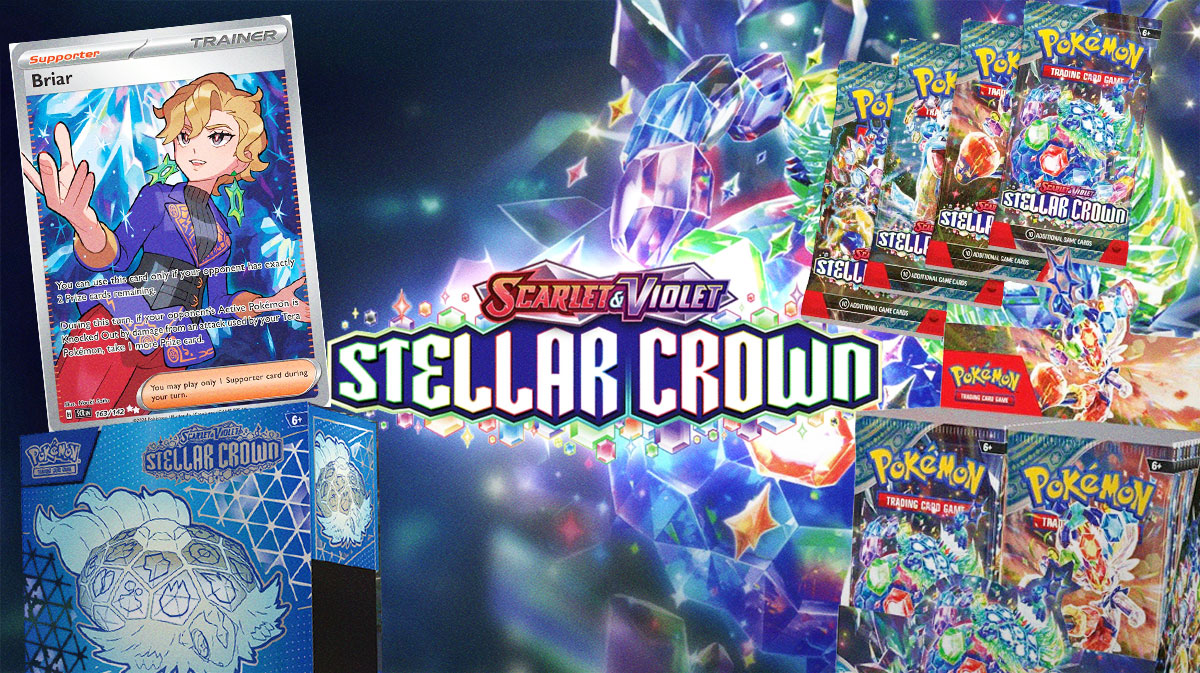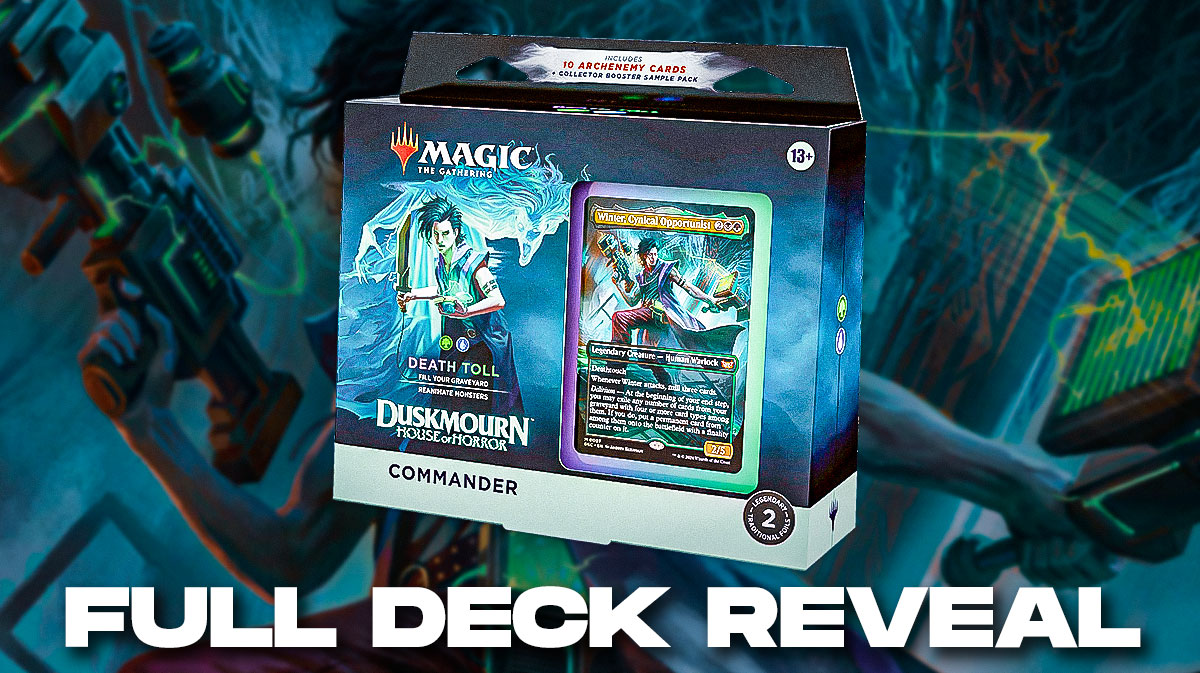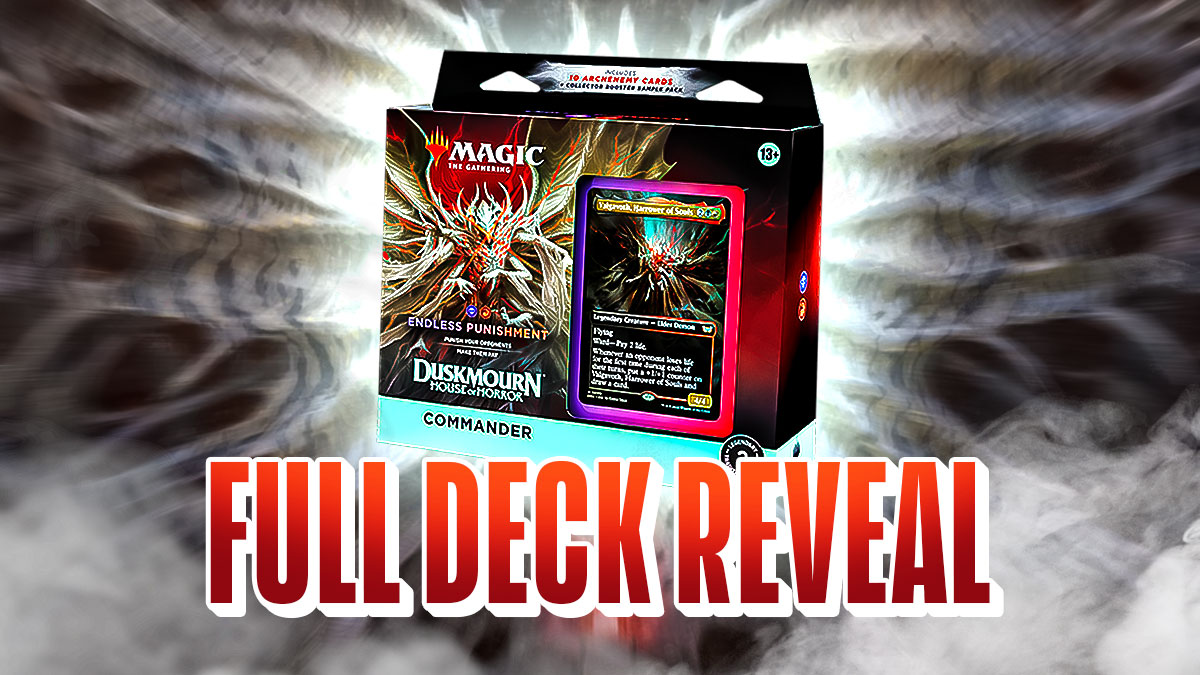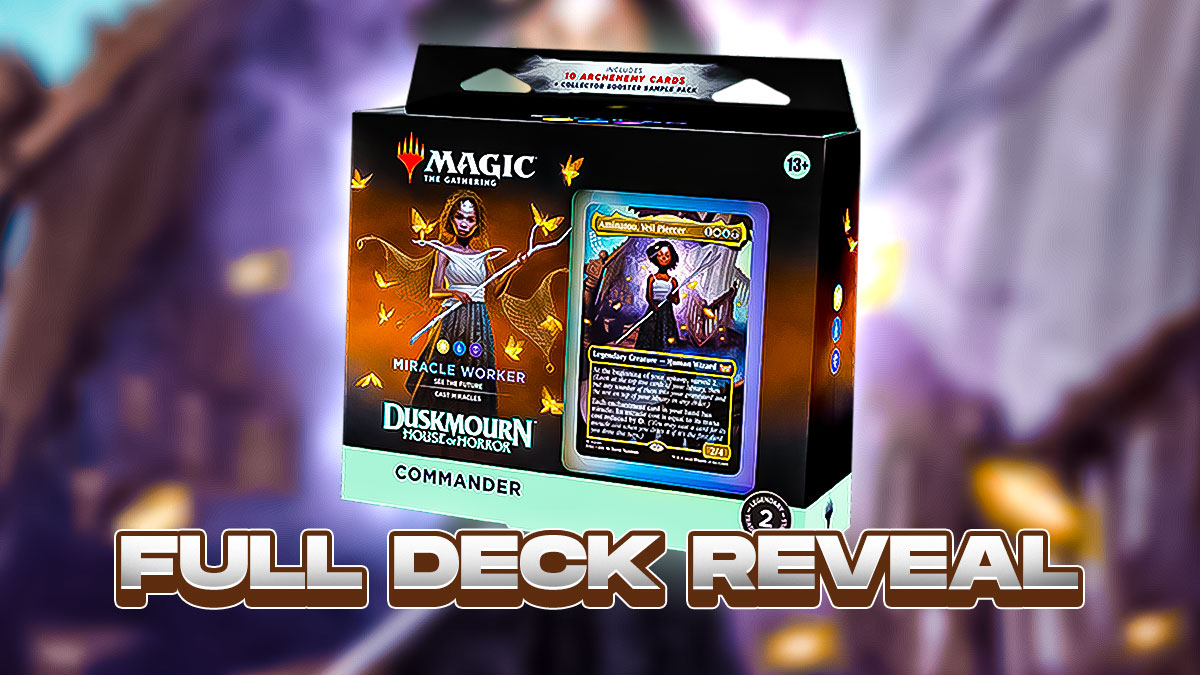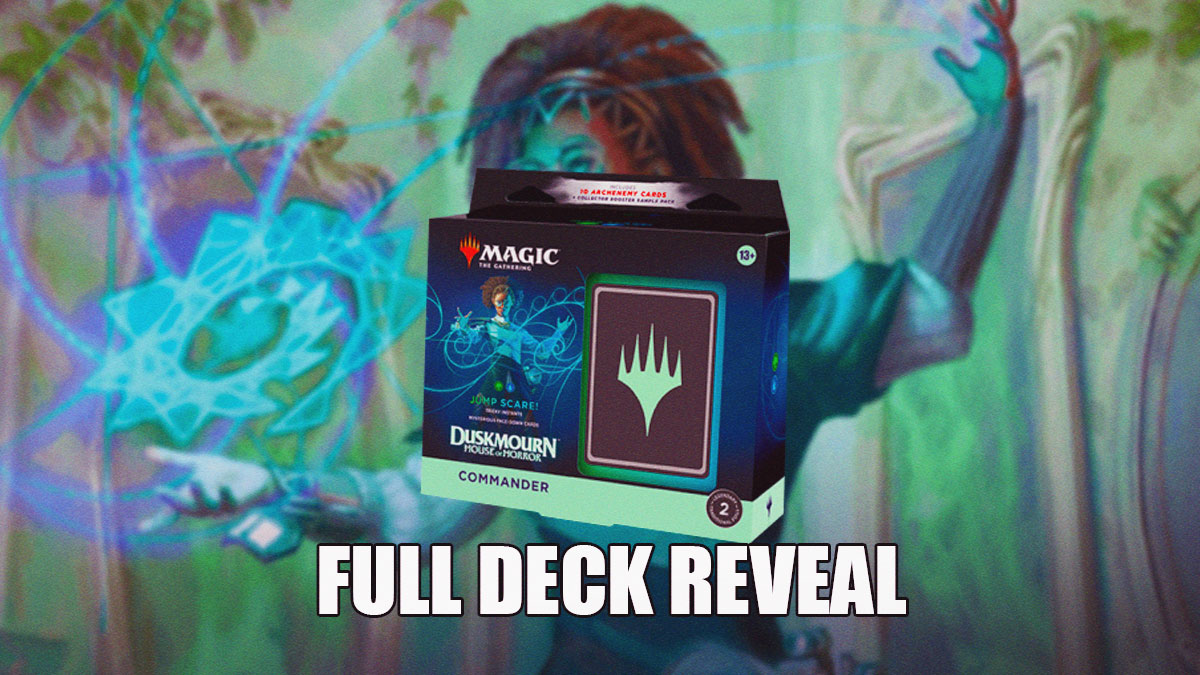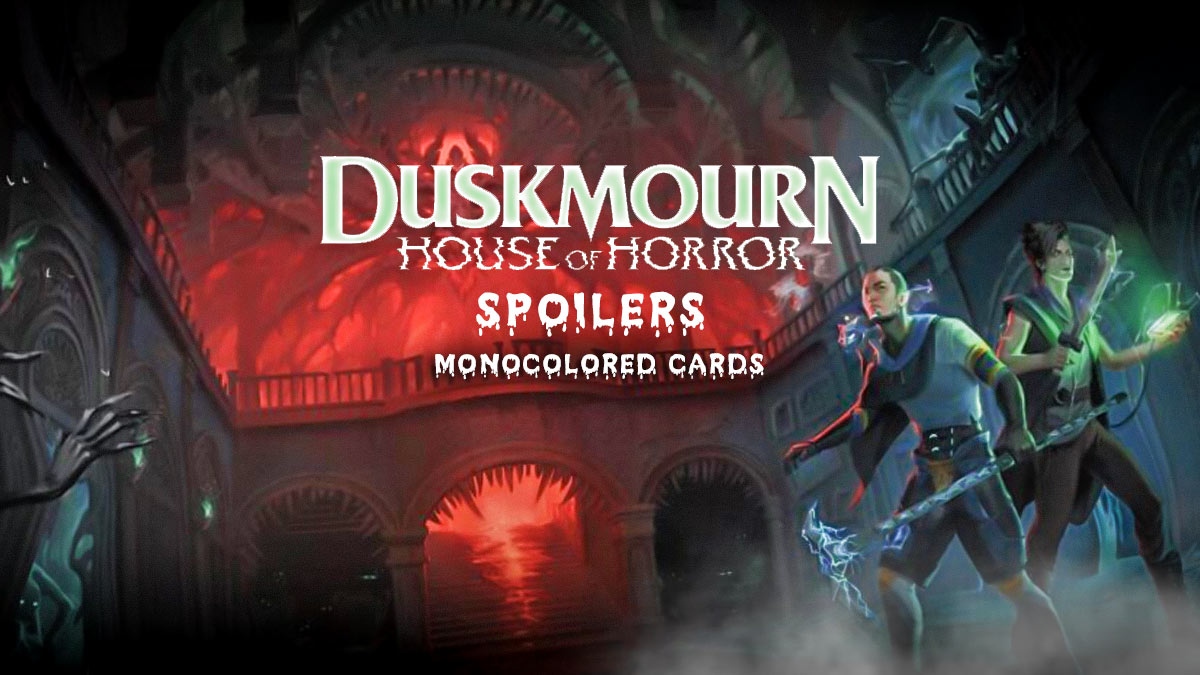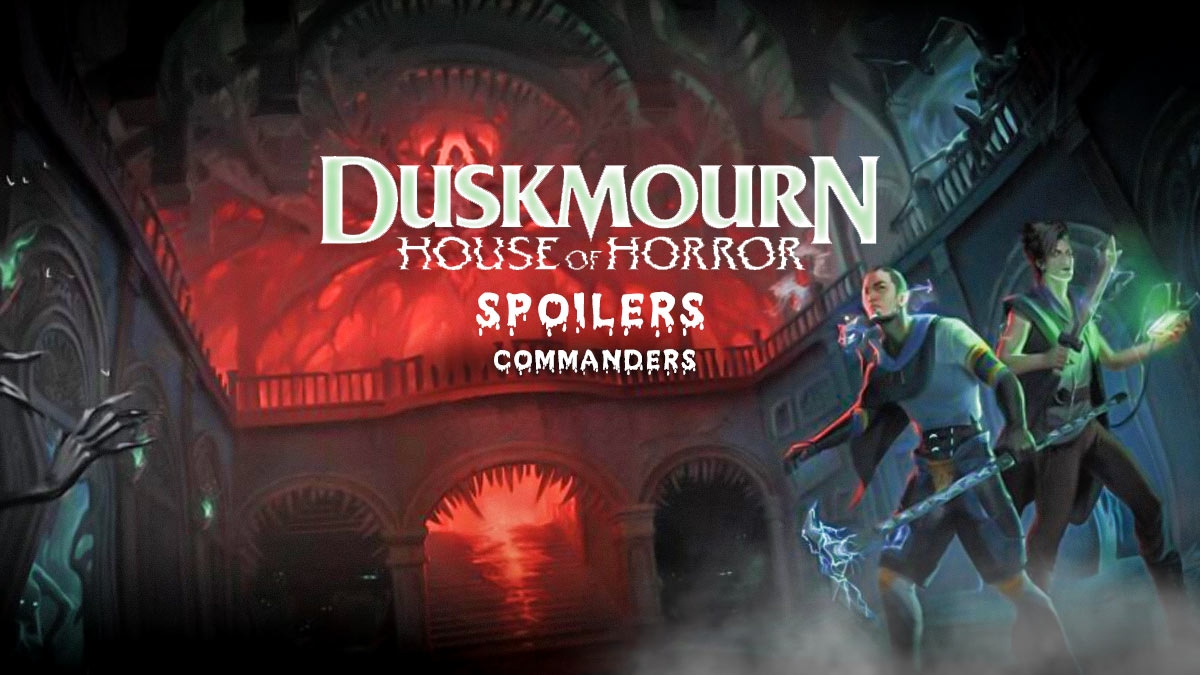A recent visit to the basketball cards section of the Upper Deck online store denotes “we can’t find products matching the selection.” Those seven words are a depressing summary of the demise that the once-thriving business suffered.
They do sell sports memorabilia like autographed game-worn LeBron James shoes and a Michael Jordan Fleer rookie card. But those items evoke nostalgia instead of continuity. Where did it all go wrong? Before going into the nosedive, it’s best to delve into the ascent.
Upper Deck’s beginnings

According to the book “Card Sharks: How Upper Deck Turned a Child's Hobby into a High-Stakes, Billion Dollar Business” by Pete Williams, the company opened shop in 1988, but Paul Sumner conceptualized the idea a year earlier to negate the surge in counterfeit cards. His knowledge of holograms which were a staple in his company’s brochures came in handy to authenticate the items. But given that he’s no designer, he delegated the task of developing prototypes to Robert Young Pelton.
Boris Korbel and Richard McWilliam also helped shape what would become one of the most recognizable sports trading card brands in history. Their meteoric rise started two days before Christmas Day 1988 when Major League Baseball granted them a license to produce baseball cards. Two months later, the first two cases of Upper Deck cards made their way to George Moore’s card store in Tulsa, Oklahoma.
Their cards were a breath of fresh air into the market because they use glossy paper. Aside from the hologram, Upper Deck also packaged their cards in foil wrappers. These groundbreaking changes brought instant success to the company.
The first batch sold out in mid-1989. Aside from the surging demand for a new player in the industry, having Ken Griffey Jr. as card number one made the set highly desirable among collectors. Good fortune kept on rolling that they sold out their 1990 set a year before. However, they were just getting started in tilting the competitive balance.
NBA partners with Upper Deck
The two-year-old company arrived at the summit when it acquired licenses to produce trading cards for all four major American Leagues. With the MLB already in tow, Upper Deck secured rights with the National Hockey League, the National Football League, and the National Basketball Association. A year later, they released their first set of NBA cards, aptly called 1991 Upper Deck.
According to Sports Card Pro, included in the pack are lesser-known players like Jack Daley, Ledell Eackles and Winston Garland, to iconic players like Magic Johnson, Larry Bird, Scottie Pippen and Michael Jordan. The most famous card among the lot is the Magic vs. Jordan #34, wherein Johnson is posting up Jordan.
Initial success gave rise to nine-set Upper Deck Award Winner Hologram cards, which include Jordan, David Robinson and Hakeem Olajuwon, to name a few. Expanding to an international audience, Upper Deck also released select cards in Spanish and Italian.
At that moment, the sky is the limit for Upper Deck. They had a more attractive product than the rest of the market, which generated much interest from sports fans and card collectors alike. With the market in good health, they kept on launching multiple card sets per year. But their partnership with arguably the game’s most outstanding player made Upper Deck untouchable in their early goings.
His Airness and Upper Deck: Match made in basketball heaven

It was the perfect storm for Upper Deck. Michael Jordan was on his way to becoming the king of basketball just as they were on the upswing. As Air Jordan started to collect NBA championships, his legend kept growing that every fan sought a piece of him, especially when he abruptly retired after the 1993 season.
A year later, Upper Deck unveiled the MJ Rare Air collection in 1994, as per Sports Card Pro. The images on the cards range from in-game shots, self-portraits and glimpses of daily life. The California-based trading card company created nine exclusive Jordan sets, some of which are the 1995 Upper Deck Jordan Collection and the 1998 MJ International Stickers.
Long before Jordan’s playing days are over, his legacy lives on with the 2005 Upper Deck Michael Jordan/LeBron James Bonus Pack, as well as the Jordan Legacy collections of 2008 and 2009. The long-standing collaboration with Jordan helped Upper Deck become a legitimate force in the basketball trading cards market. Unfortunately, they became a victim of their success.
The beginning of the end for Upper Deck
With the NBA granting an exclusive trading card license to Panini in 2009, Upper Deck’s basketball card production came to a grinding halt. While it’s easy to blame the rejection as the downfall’s cause, the rumblings within Upper Deck potentially led the league to cast its vote of no confidence.
Granted that McWilliam is an essential figure in the company’s success, he also became a toxic executive that did not tolerate opposition or objection. At some point, revenue slowed down due to the overproduction of cards. He sought scapegoats for missing sales projections. Thus, he purged five other executives to solidify his control, as per Sam Eifling of The Big Lead.
But that was only the beginning. Anyone who opposed McWilliam got the ax, and all directives, good or bad, came from him. The once-innovative company became just another entity instead of standing out. After introducing several firsts, Upper Deck was bereft of fresh ideas, and it showed in their designs.
Things did not improve because the demand for trading cards decreased, which reduced their potential income further. The public perceived collecting and swapping basketball cards as child’s play, leading to an exodus of hobbyists. In effect, the market cooled down and finding solutions became difficult. Lawsuits crippled Upper Deck’s hopes of returning to relevance.
From a macro perspective, the 2008 global financial crisis also dealt a heavy blow to the industry. Novelties like trading cards are not appealing to people with tight budgets. Likewise, the NBA figured out that it’s easier to check potential copyright infringement cases if only one company created the cards. Unfortunately, Upper Deck’s shaky status did not merit a licensing extension.
Even after losing the NBA license, they maintained their basketball cards business by releasing the 2011 and 2013 SP Collection. However, they used the high school, college, or foreign team uniforms of NBA players. Giannis Antetokounmpo’s autographed gold card has the highest value between these two sets and the entire Upper Deck catalog. Still, the fact remains that their basketball cards are artifacts.
A cautionary tale
The combination of poor management and terrible circumstances led Upper Deck to terminate their basketball cards business. If not for those reasons, there’s a great chance that they get the sole NBA license for trading cards. Upper Deck is a highly recognizable brand that achieved massive success from its humble roots.
It’s not to say that their trading cards division is non-existent. They still produce cards for the NHL, Marvel, and the Overwatch Esports League. But the current executives must be pondering about potential profits now that trading basketball cards are once again in vogue. Their autographed 2003 UD Exquisite Collection LeBron James card pulled in $5.2 million from a private buyer.
If only they had the license, they could produce the same card for young stars like Luka Doncic, Ja Morant and Trae Young. Making it rare escalates its value, which can be beyond that of LeBron’s card.
Sadly, they can only dream as Panini performs the work that was once theirs. It might take a while before Upper Deck can produce NBA cards again. That is, if the company still exists by then.


